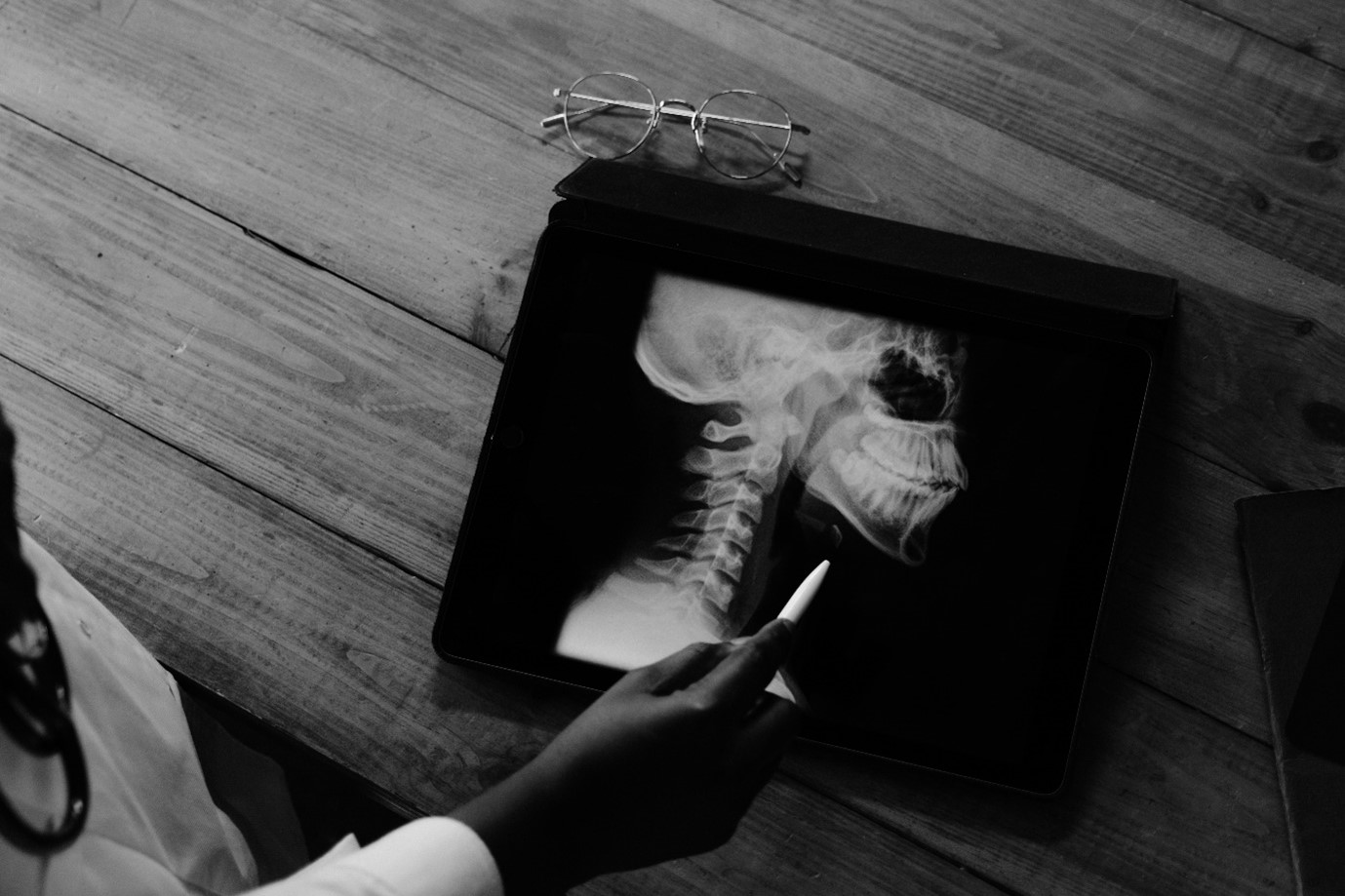Disability part 2
On identifying that there is a deficit with Disability and the patient has a reduced level of consciousness, it is important to try and identify what may be the cause. Investigate the following;
History – What is the history of the 999 call, what past medical history does the patient have, have there been any recent changes in medication or health.
Scene – What evidence is available from the scene, is there obvious drug use or alcohol involved, is there evidence of an assault, has the patient been exposed to the elements or dangerous substances such as Carbon Monoxide.
Patient Presentation – Are there any pathological presentations, do they have left/right sided weakness, facial droop, slurred speech which indicate a stroke or Transient Ischemic Attack (TIA). Do they have any medi-alert bracelets which give information of any conditions they suffer with, such as diabetes and having low blood sugar. Are they having convulsions indicating they may be epileptic, or other medical/traumatic events may have occurred such as hypoxia or traumatic brain injury. Are they in decerebrate or decorticate positions, indicating a cerebrovascular event.
Pupils – The pupils can give several indications for potential deficits that may be causing a reduced/altered level of consciousness. Pinpoint pupils can indicate opioid drug use, whereas unusually large pupils can indicate other drug use. Slow or sluggish reacting pupils can indicate alcohol use or a potential cerebrovascular event. Unequal pupils or a ‘blown’ pupil can indicate a cerebrovascular event and injury. The mnemonic PERRLA can be used to help assess a patients’ pupils to see if there are any deficits or abnormalities. PERRLA – Pupils, Equal, Round, Reactive to, Light, Accommodation to surrounding.
Observations – What are the observations? Is blood sugar level normal or is it high/low, is temperature normal or are they hyper/hypothermic, are their oxygen saturations within normal parameters, is blood pressure at a normal level, is their ECG and heart rate normal. Any abnormalities within the observations could indicate why the patient is in a state of reduced consciousness.
Assessment so far – Have there been any deficits within your primary survey which may explain the patients’ conscious level. For example, a choking patient who has had an occluded airway will likely be hypoxic following the event.
